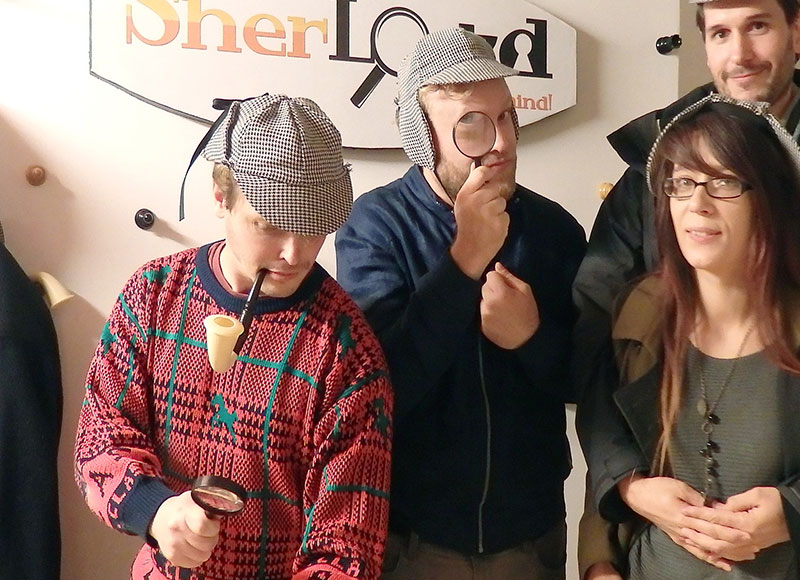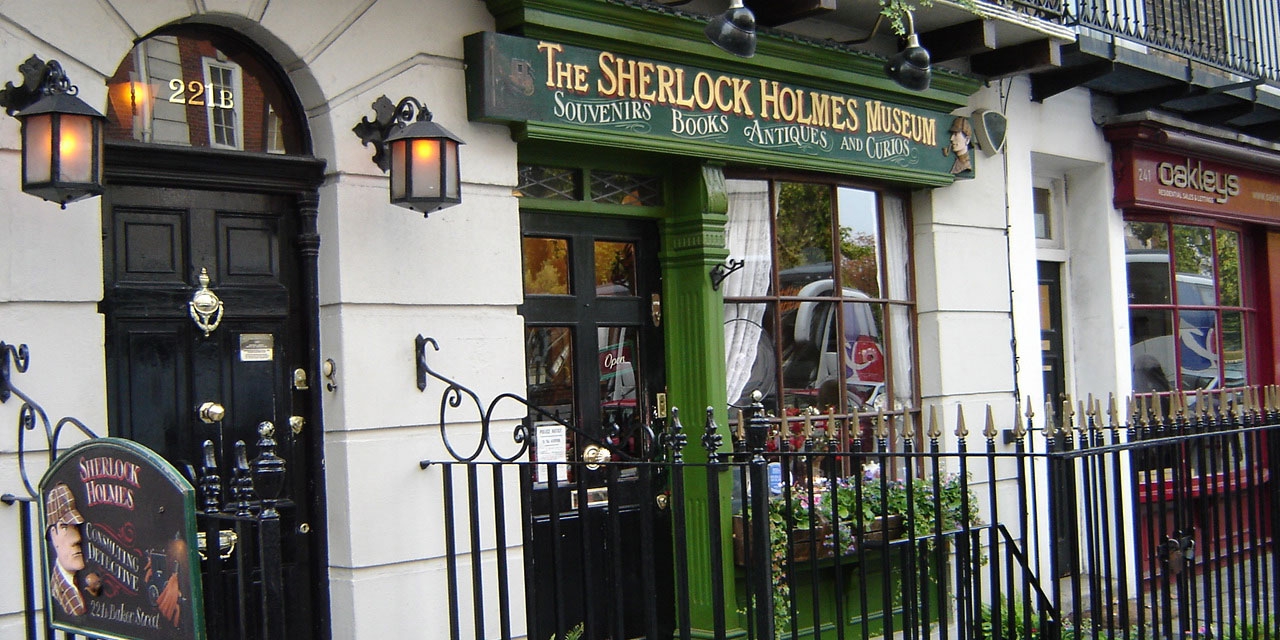The Science Behind the Sherlock Holmes’ Novels
Arthur Conan Doyle created the detective in 1887 while living on the south coast of England and working as a doctor. He turned to writing due to low patient numbers in his surgery. Through books, films and now the latest BBC television series, staring Benedict Cumberbath, the famous detective still fascinates audiences in 2017.
Here is our Reality Check Special, In the Shadow of Sherlock" as heard on Saturday 7th October at 12 midday, where we took a plunge into the world of the infamous gentleman detective who (in fiction) lived at 221B Baker Street, London.
As part of our celebration of 125 years of Sherlock Holmes stories, I spoke with crime-historian and storyteller E. J. Wagner, author of a book of scientific entertainment entitled The Science of Sherlock Holmes
Steve Crilley: E.J., can you take us back to the 1880s, Victorian London. Forensics was in its infancy and I guess the London police didn’t have much time for clever science, when there were murderers out there to catch?
E. J. Wagner: Well, that’s absolutely true. In fact, there was no scientific approach to crime solving in those days at all. What we think of now as forensic science grew out of a field known as medical jurisprudence. It was sort of a footnote to gynaecology. The first cases, that were examined were stillbirths and obstetricians were very concerned about whether or not the child did or did not breathe when they were born. Was there a possibility that a case was infanticide? And it was out of examining these foetuses, that we began to take notes on what happens to a body which doesn’t function and which is dead. The other big input was dissection of criminals, where bodies of the executed were examined and given over to the scientific community to study. So it was out of these dual professions obstetrics and executioners that the idea of dissection to determine the cause of death first came about.
E. J. Wagner is the author of „The Science of Sherlock Holmes“ published by John Wiley & Sons, which won the 2007 Edgar-award for „Best Critical/Biographical Book“ published in 2006.
In the 1880s Sir Arthur Conan Doyle studied medicine at university in Edinburgh. I guess this was a time, when bodies were been dissected and discussed in classes – without much regard for medical ethics and how the bodies ended up in a medical class in the first place.
Well there had been an anatomy act which allowed bodies to be given over if they had been executed criminals. Previously there had been an enormous scandal about bodies being stolen from graves and handed over to medical students. There was a great deal of revulsion from the community towards this. Asa a result, there was an Anatomy Act where there was a legal method of donating bodies or having bodies given by the state over to medical practitioners.

Johnny Bliss /Sherloqd
FM4 Reporter Johnny Bliss (left) went to a Sherlock Holmes experience „Sherlocked - the Escape Game“ in Vienna’s 14th district.
One of the gifts of Sherlock Holmes was to say to the world of the day: superstition plays little part in a gruesome crime. Forget vampires - a person really did it!
Well, that was Sherlock Holmes’s position absolutely! He said “We have no time for vampires here”. And he believed in an absolutely objective scientific approach. He kept on talking about his method. But what his method really was, was a combination of careful observation, and the application of what we now know as the scientific method: you observe certain facts and from them you draw a hypothesis. Then, if you can prove that hypothesis a number of times, now you have a theory. Now, a theory in science is not just some stray idea that flicked through your brain. A theory has got a lot of science behind it. The thing is, you must almost always need to be ready to change your mind as new facts become available. It’s a flexible thing!
What is your favourite example of how Holmes solved case through his use of forensics?
I think one of my favourites is the Hound of the Baskervilles, because he was really taking a piece of folklore, which is very evocative; the moors and the sounds and the glooming darkness. And he simply applies logic to the case and says: It is not possible. So, if it is not possible, once you have removed what is not possible, whatever remains must be the truth.
Publiziert am 07.10.2017



















